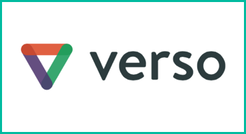
There’s a lot going on with Verso, but at its core, it’s meant to help improve student engagement, gather student feedback, and improve teacher practices by providing strategies that teachers can easily implement in their classrooms. Overall, Verso provides personalized professional development (PD) to teachers, and also offers a platform for collaboration and growth.
Verso Learning - What is Verso? from VersoApp on Vimeo.
When teachers first log in to Verso, they’ll be asked to setup a class, build out an activity, and then share that activity with their students. Activities can involve files you upload or links, or can be directly imported from Google Drive or OneDrive.
The activities that you create also allow you to articulate the specific learning intention. This is to make sure that it is clearly shared to students, thus enabling teachers to determine the extent to which students have understood the learning intention for that lesson.
Finally, you’ll be asked to include target contextual vocabulary and academic vocabulary, which will be analyzed in student responses to determine if they’re using the specific vocabulary you’re asking them to.
Once you have created an activity, you can send it out to individual students, groups of students, or your entire class who must respond anonymously first before being able to see other students’ responses. The system’s pedagogical design thus provides the teacher visibility on the authentic thinking of each student, which then allows for personalization possibilities such as socratic grouping or the creation of different activities for different ability levels.
Teachers can create their own activities using a guided template, and then share those out with their peers, school, or global community. In addition to creating activities, teachers can also import and adapt activities and lessons from their school community, or from a global exemplar library containing examples of best-practice.
Currently, there are only 381 example activities, so in some subjects there isn’t a huge range, however in 2019 Verso is working with a number of leading educators to expand this library with an initial focus on social studies and science.
Before teachers complete their activities, Verso supports them by providing them collaborative, offline, and visible thinking structures to ensure students are fully equipped to take part in the activity, as well as providing students with suggested academic and contextual vocabulary.
Once students complete their activities, they are supported in providing anonymous feedback to each other. Verso was originally built as a student response system, and this was the core functionality that the current iteration of Verso has been built upon. This anonymous peer feedback is used to help students improve their work. Students can then think about how they would improve their work based on the feedback from their peers and teacher.
Teachers can also provide feedback at any time, and they can provide feedback on the quality of student feedback. However, some of the most important feedback comes from the students responding to each other and then responding to that feedback. It’s also important to note that a student cannot go back and change their initial response - this way the teacher gains insights into their authentic and true response and their depth of understanding before they get access to peer responses. The student can re-submit a new response so that the teacher can see the growth or change in their thinking.
Using the the Verso app, teachers can use the new Exit Ticket feature to get measures and feedback on the impact of their teaching, including how engaged students are in the class, how they collaborate with their peers, and their true depth of understanding of an area.
This feedback can be helpful in shining a light on student engagement or vocabulary usage, while also giving teacher valuable formative assessment data capable of informing their next steps based on each student’s learning needs. It also provides valuable feedback to the teacher on the impact of prior instruction.
At the end of each activity, teachers provide simple self-reflection on the success of the activities. Then, using teacher reflections, together with evidence of student learning, measures of student engagement, collaboration, and feedback within the activities, Verso will recommend specific research-based teaching strategies that teachers can implement in their classroom. Using these suggestions, teachers can participate in online professional development offerings to help them improve their practices.
The teacher dashboard offers a very high-level review of students to enable the teacher to get a quick snapshot of activity across an entire class. To get the information on how students are using the vocabulary, the teacher has the Student View page, which provides them with every single response, comment, and counter-response that the student has made—both within that class and in other classes where Verso is used. So the teacher can not only see if the student is using the vocabulary but if they are using it correctly. Similarly, within each activity, the teacher has a complete view of every interaction between students so they can see exactly how they are interacting and the quality of the feedback that they are providing.
Overall, I think the core idea behind Verso is a beneficial one: to provide teachers with authentic visibility on student learning, along with guidance and easy-to-implement, research-based strategies and classroom structures to support teachers in responding to what students reveal as their individual learning needs.
There is a strong emphasis on supporting students in using, applying, and extending academic and contextual vocabulary using structures such as sentence stems, models, and other worked examples. Consequently, Verso provides teachers with feedback on the capacity of individual students to articulate their thinking using the vocabulary in ways that are appropriate to the context and purpose of the activity. In the dashboard, teachers can get a quick snapshot of ifstudents are using the assigned vocab and ifstudents are interacting with their peers, so they can intervene in class if necessary to correct issues. The detailed contextual information is found within the activity or student reports if the teacher wants to review the depth of understanding and interactions between students.
In short, I’m a big fan of what Verso is offering. Plus, they’ve got a lot of excellent teaching strategies that teachers can implement in the classroom.
Finally, in terms of pricing, Verso has a basic free version but the full version I reviewed runs at $60 for a teacher license, from $1200 for a school license, and district pricing which includes a district library, additional support and enhanced reporting functionality is available on request. You can check out their homepage for additional information or to request a demo.
I was not compensated for writing this review.

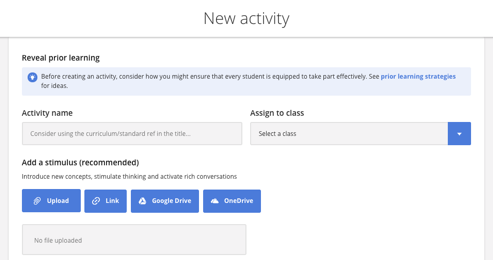
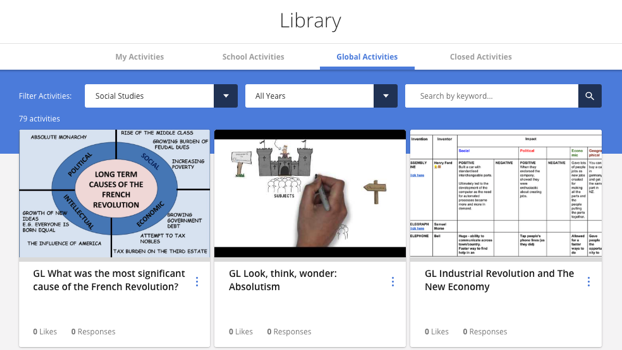
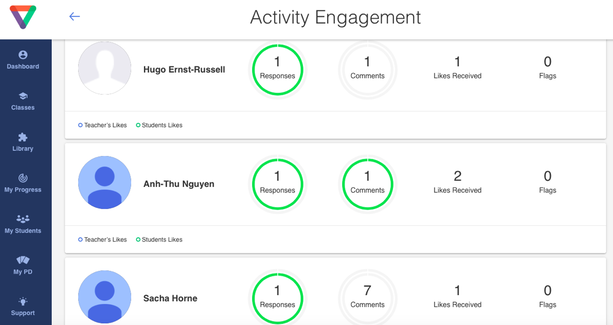
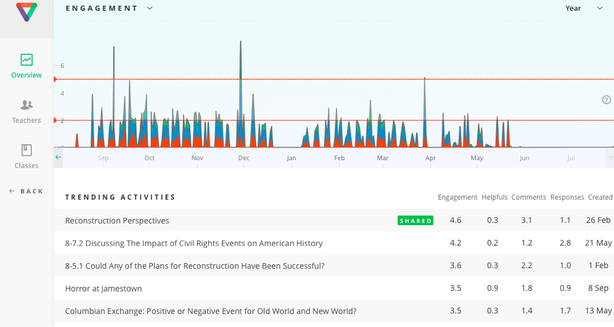
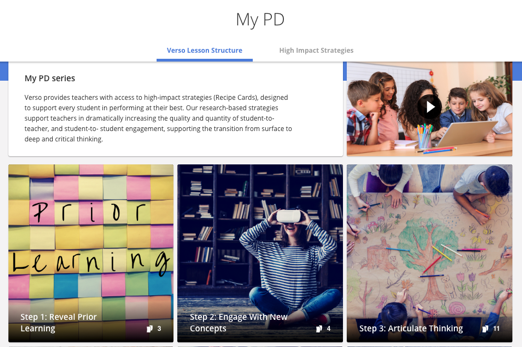



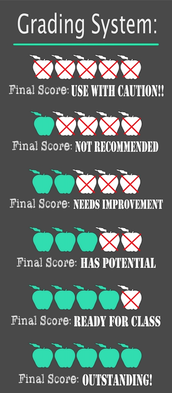










 RSS Feed
RSS Feed
